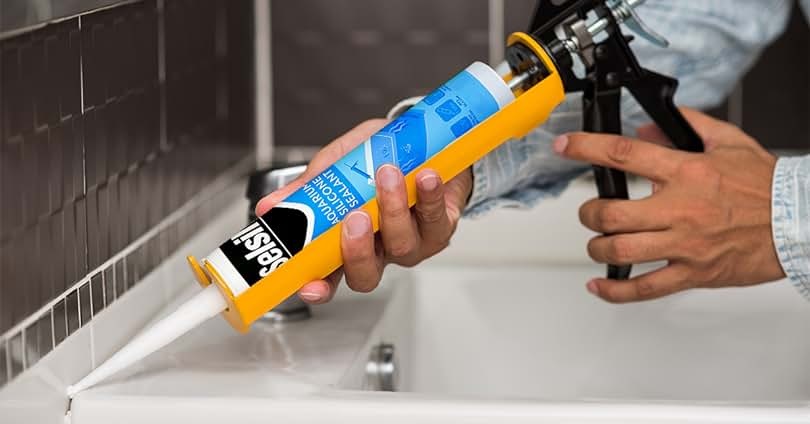Buy Aquarium Safe Sealant
When working on aquarium projects, it’s crucial to use materials that won’t harm the tank’s inhabitants. One such material is aquarium-safe sealant. Here’s what you need to know about it:
What is Aquarium Safe Sealant?
Aquarium safe sealant is a type of adhesive used to bond or seal glass or acrylic panels of an aquarium or to fix decorations or backgrounds. The most common type is silicone sealant. It becomes waterproof and inert once cured, meaning it won’t leach harmful chemicals into the water.
Characteristics of Aquarium Safe Sealant:
Non-toxic: Once cured, it shouldn’t release any toxins that can harm aquatic life.
Waterproof: It should create a waterproof seal, preventing any leaks.
Clear or Transparent: Many sealants are clear, but some might come in black or other colors depending on the aesthetic preference.
Flexible: Even after curing, a good sealant remains slightly flexible, allowing it to handle the pressure of the water and any minor shifts or settling without cracking or breaking the seal.
Choosing an Aquarium Safe Sealant:
Check Labels: Always read product labels. The sealant should explicitly state that it’s safe for aquarium use.
Avoid Mold Inhibitors: Some silicone sealants contain anti-mold and mildew agents, which can be toxic to fish. Always ensure the sealant you choose doesn’t contain these additives.
Brands: Several reputable brands produce aquarium-safe sealants. It’s often a good idea to go with known brands with positive reviews from other hobbyists.
How to Use:
Clean the Surface: Before applying the sealant, ensure the surface is clean, dry, and free from grease or any residue.
Apply Sealant: Use a caulking gun or the provided applicator to apply the sealant. Ensure a smooth and even bead.
Smooth the Sealant: You can use a caulking tool or your finger (with some soapy water as a lubricant) to smooth out the sealant and ensure a tight seal.
Curing Time: Let the sealant cure for the time specified on the product label. This usually ranges from 24-48 hours but can be longer. It’s essential to ensure the sealant has fully cured before adding water to the tank.
Ventilation: When applying and curing the sealant, ensure the room is well-ventilated as the fumes can be strong and potentially harmful.
Conclusion:
When it comes to creating or repairing aquariums, using the right materials is crucial for the health and safety of the tank’s inhabitants. Always ensure you’re using an aquarium-safe sealant and follow the manufacturer’s instructions for the best results.

